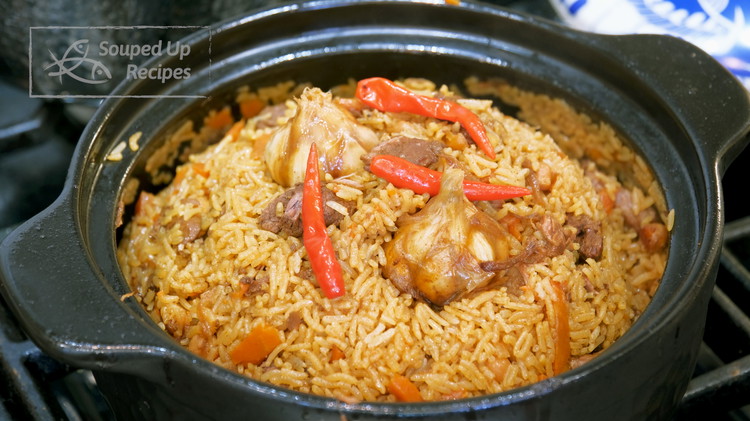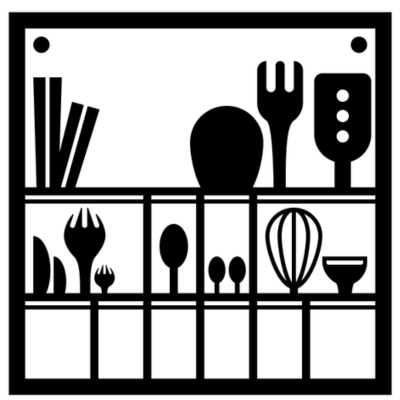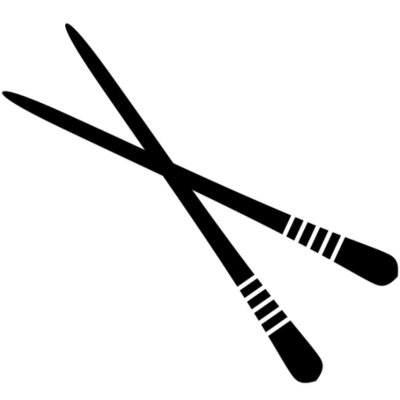Uzbek Beef and Rice Pilaf (乌兹别克牛肉手抓饭)
Rated 5.0 stars by 1 users
Pilaf (also spelled as polov), AKA Shouzhuafan in Chinese (手抓饭), is a popular dish in Xinjiang. In the local catering culture, this dish is often served without utensils, and you have to eat it with your bare hands. It is an easy one-pot dish, and it is enough to serve a whole family.
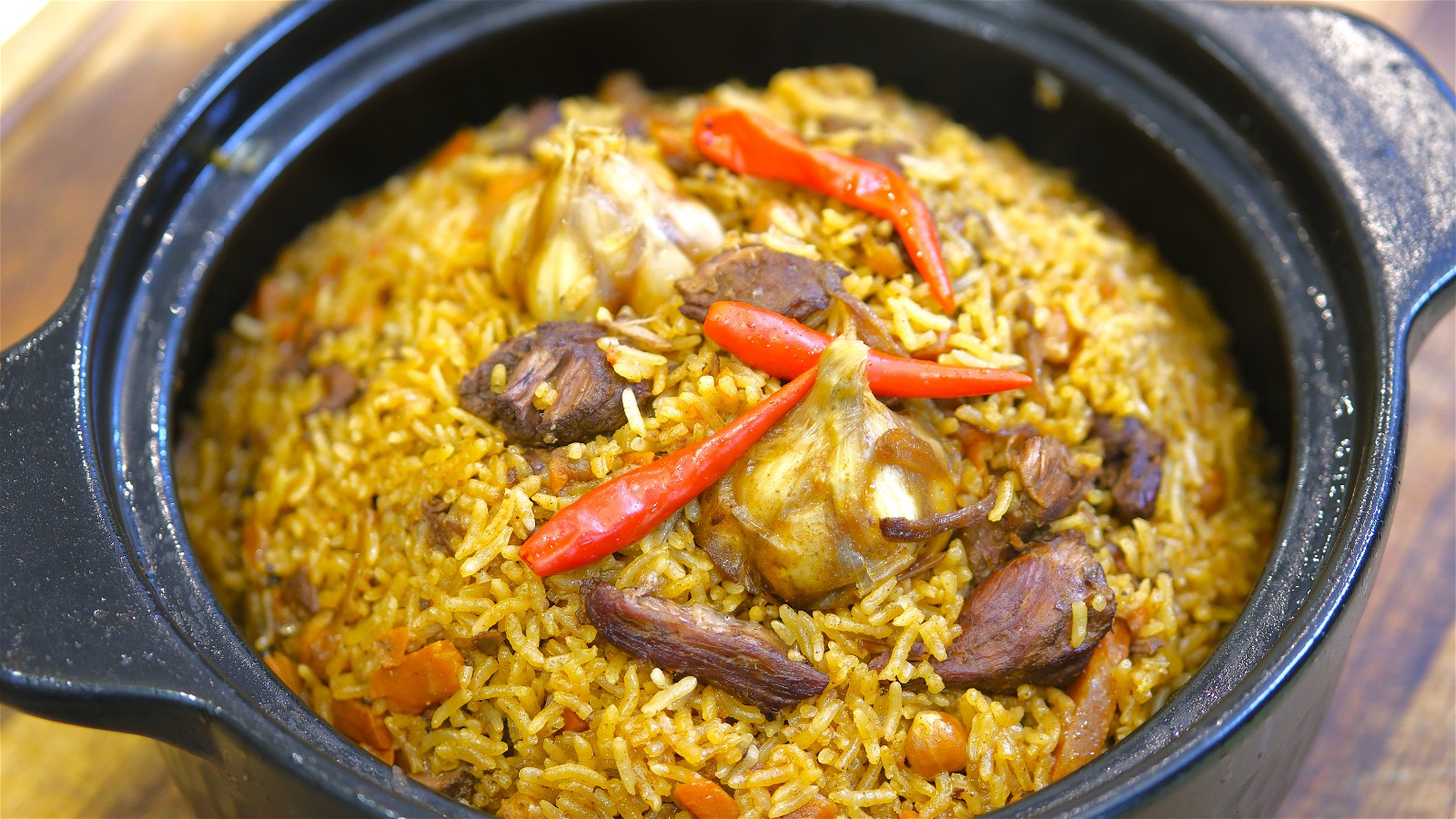
Ingredients
- 80g / 2.8 oz chickpeas
- 300g / 1.5 cups basmati rice
- 5 Tbsps vegetable oil
- 1 large size sweet onion, sliced thinly
- 454g / 1 pound beef stew meat, cut into 1-inch cubes
- 340g / 12 oz carrot, cut into 1/4-inch thick strips
- 1 Tbsp salt
- 2 tsps cumin powder
- 2 tsps sweet paprika
- 2 whole garlic bulbs
- 3 Thai bird eye chilies
- 720g / 3 cups hot water
Directions
Soak the chickpeas with clean water overnight and then drain it thoroughly.
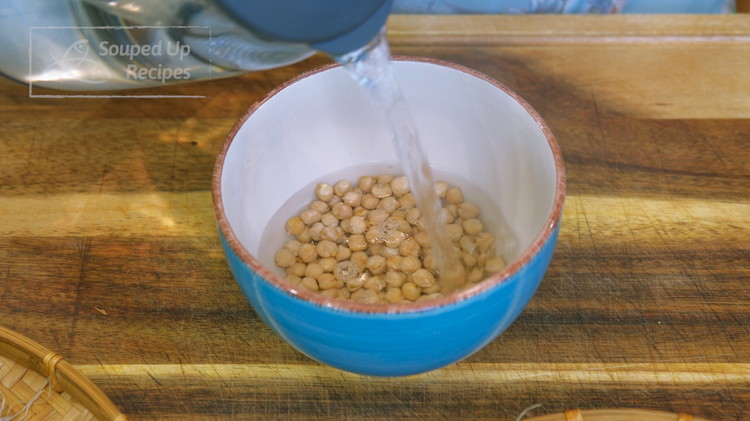
- Use a knife to carefully remove the messy root from the garlic bulbs. We are going to cook the entire bulb in the soup so we don’t want any of the dirty roots.
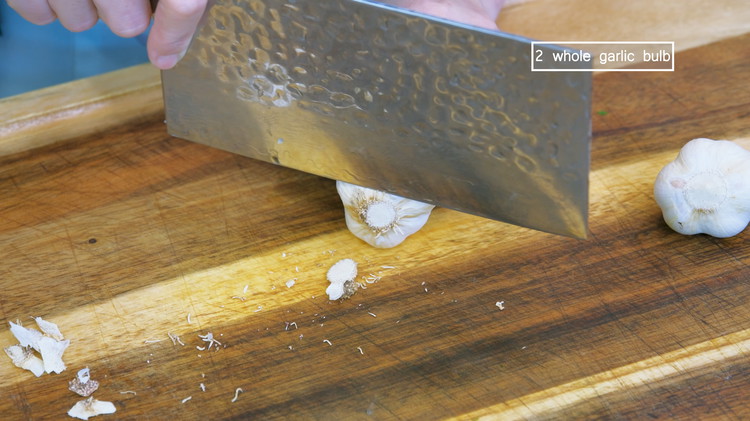
- Add 5 Tbsps of vegetable oil and the onion slices to a heavy-duty cookware, such as a cast iron pot, a Dutch oven, or a clay pot. I know that looks like a lot of grease, but this is the authentic way. The rice does not taste good if you use less oil.
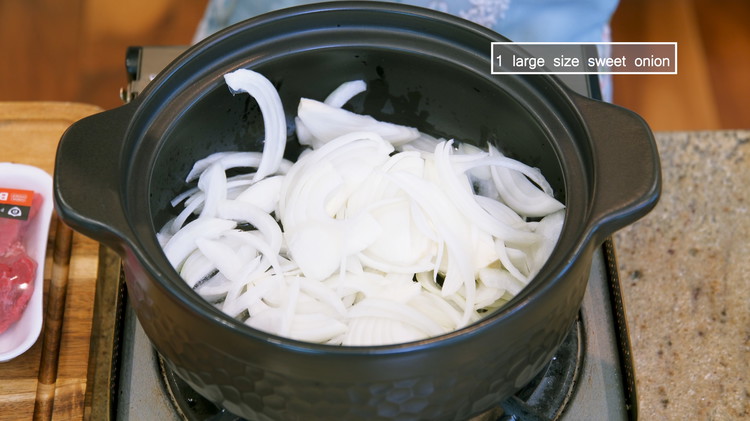
- Patiently stir the onions until brown. You can have the heat on high in the beginning because the onion still contains lots of moisture. Then, gradually lower the heat as the color turns darker. We want the onion to be dark brown so it can give the rice a desired color.
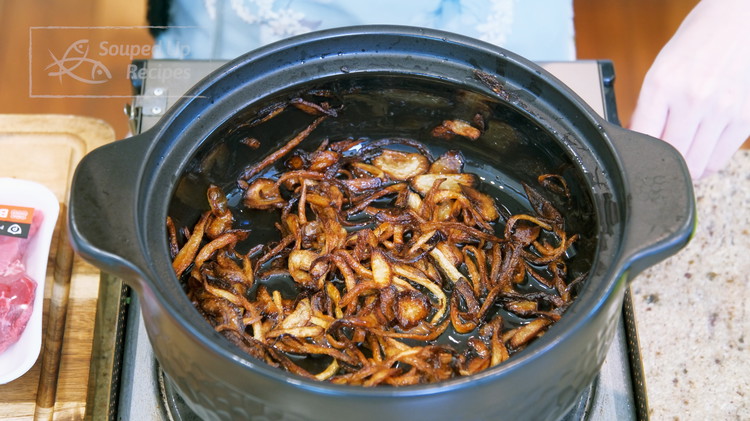
Remove the browned onions from the pot. Turn the heat to high and add 1 lb of beef stew meat. Continue to stir until the beef has changed color. Normally, Xinjiang people prefer to make this dish with lamb meat, which I have done it a few years ago. You can click here to check the previous video.
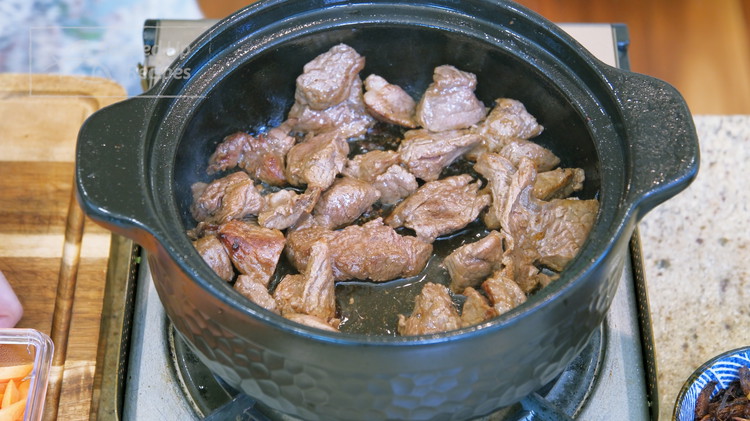
- Add the carrot sticks and keep mixing over high heat for 3 minutes or until the carrots are slightly soft.
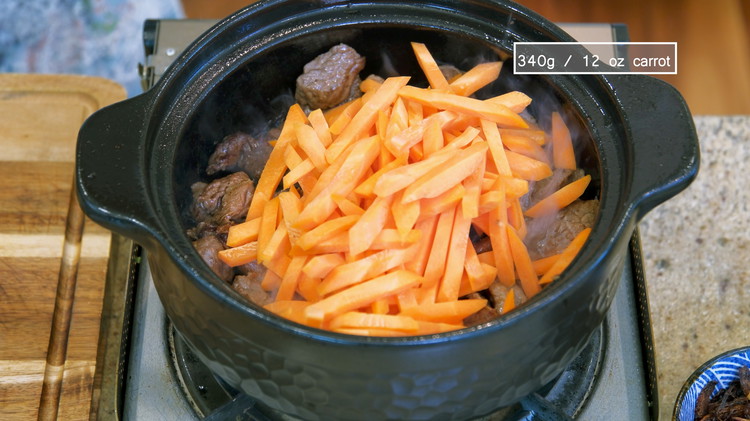
- Add cumin powder, sweet paprika, salt, the soaked chickpeas, garlic bulbs, Thai bird-eye chilies, and browned onions.
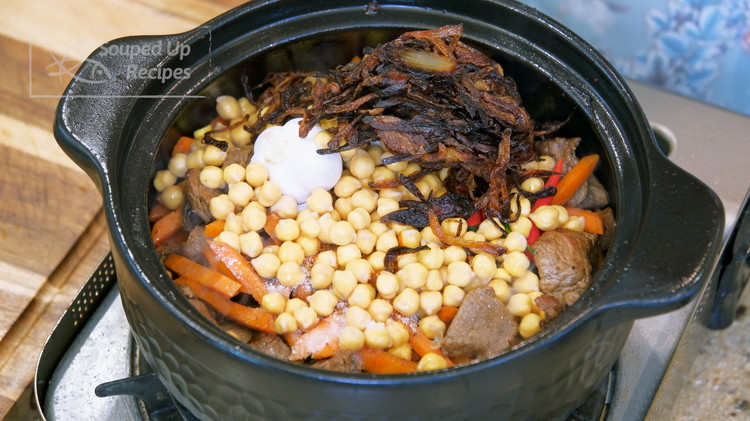
- Boil 3 cups of water using an electric kettle, then pour it into the pot. Make sure the liquid is enough to immerse all the ingredients.
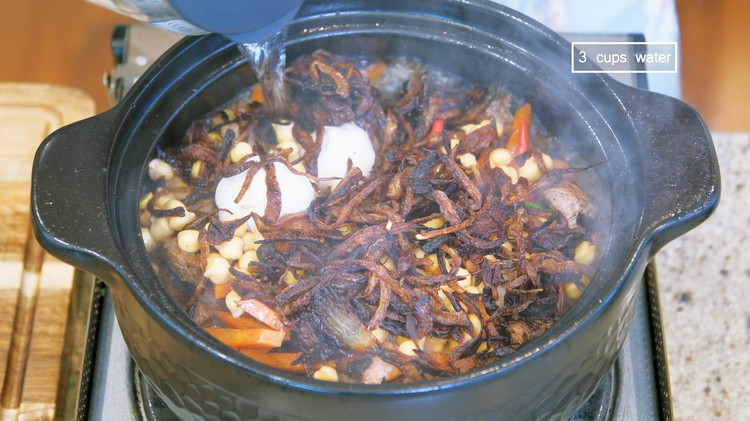
- Turn the heat to the lowest and simmer the beef for 1.5 hours or until fork tender.
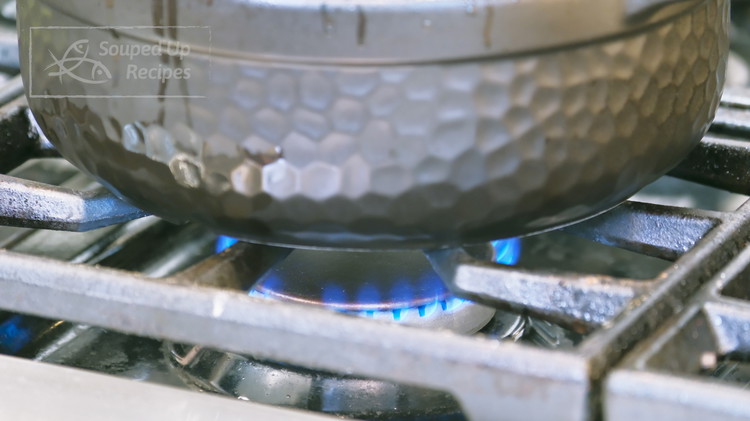
- During this time, wash the rice several times, soak it with clean water for 1.5 hours., and drain thoroughly. I am using basmati rice, but jasmine rice will also work.
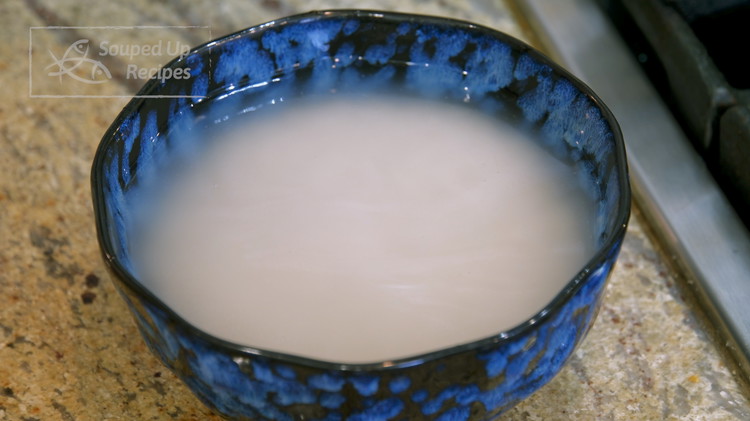
- Once the beef is done simmering, take the garlic bulbs and Thai bird-eye chilies out. Use a spoon to scoop out some of the braising liquid and set it aside because every stove and cookware differs. We have no idea how much water it has evaporated, and we don’t want to find out the broth is too much after we add the rice. It is best to take some out now.
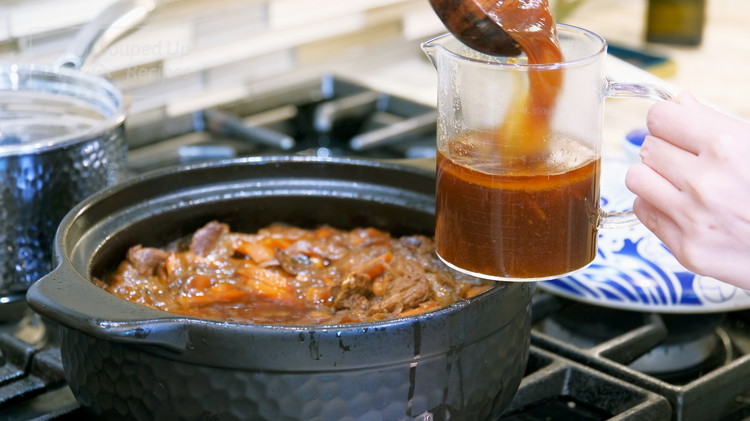
- Add the well-drained rice to the pot and spread it out evenly. Then, pour the braising liquid back. I can’t give you a measurement here, but what we are looking for is that the liquid is just enough to immerse the rice. If you don’t have enough broth, add some hot water to fill up the shortage. If you find that you have more than enough, you can use it for something else.
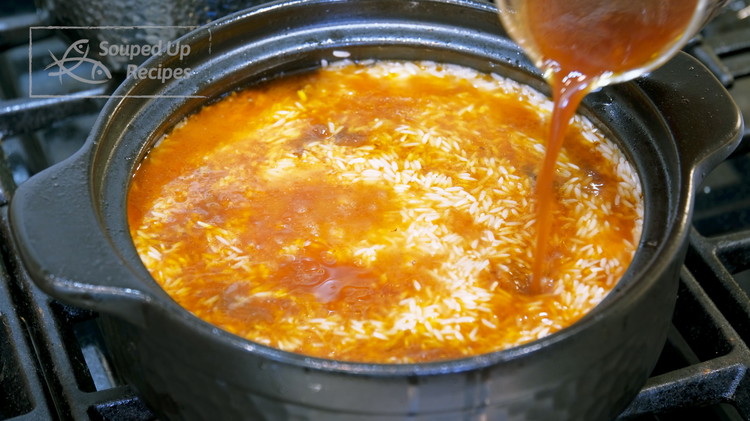
- Put on the lid, keep the heat at the lowest, and cook the rice for 15 minutes.
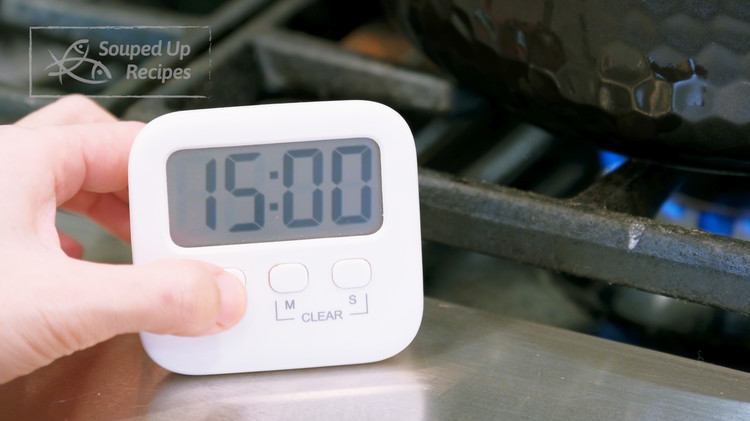
- After 15 minutes, remove the lid, and you will see that the rice has absorbed most of the liquid. Carefully push all the rice to the middle to create a little mountain. The purpose behind is that we want most of the rice to be lifted by the braised beef so it is actually steaming instead of boiling in the liquid. That will make the rice firm and fluffy instead of soft and mushy. Place the lid back on and continue to cook at low heat for 10 more minutes to evaporate all the broth.
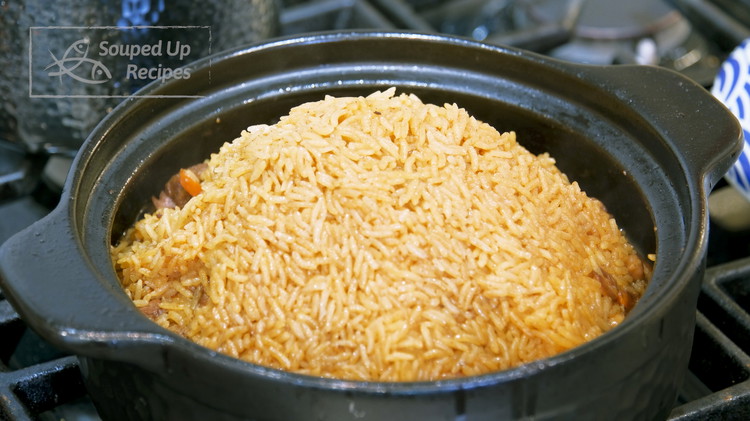
- Once done, mix everything thoroughly and enjoy!
